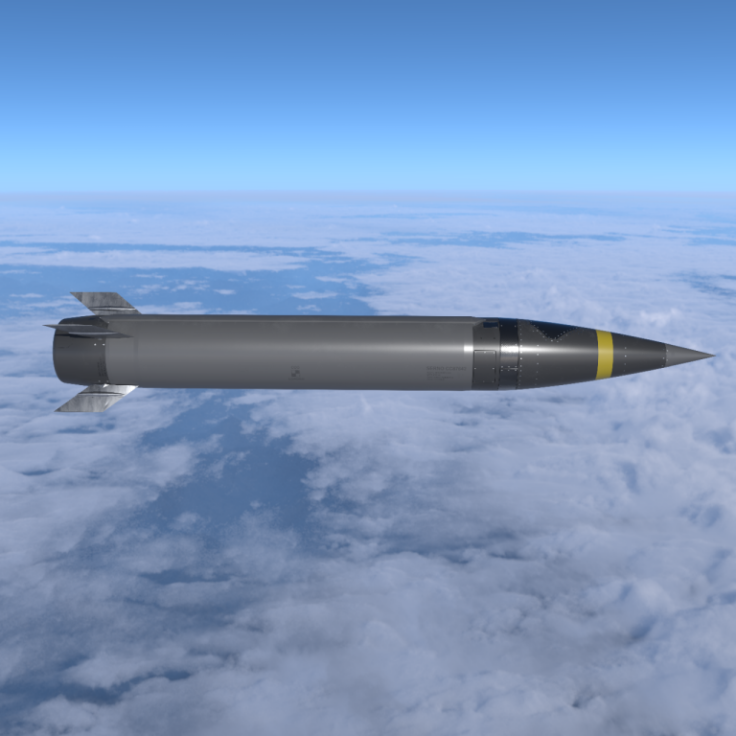Additional Setbacks Allow Lockheed Martin To Surpass Raytheon In Missile Tests

KEY POINTS
- After leaving the INF treaty, weapons ranges are not limited
- There have been a wide range of issues resulting in delayed testing
- The US needs to keep pace with Russia and China
Lockheed Martin has successfully conducted its first test launch in the U.S. Army's Precision Strike Missile Program (PrSM). Lockheed is currently competing with Raytheon for a government contract that will extend the reach of U.S. Army Ordinance on the modern battlefield.
A report by The Drive indicates Raytheon had planned to test its “Deep Strike” technology in November. However, an undisclosed issue has forced them to move their plans into early 2020. As a result, Lockheed has become the frontrunner and is now one step ahead of Raytheon. They should not be counted out yet though.
The development of the new weapons system has not met the timetable of the U.S. Army as they had hoped that the weapons development would be in a new phase. The tests were to have taken place out at the White Sands Missile Range in New Mexico.
An unidentified mishap with a vendor used by both companies caused problems for both Lockheed and Raytheon earlier in the year. The weather has also impacted the planned tests according to a report by DefenseNews.
The PrSM program was developed by the U.S. Army to find a suitable replacement for its aging ATACMS missile system, which despite many upgrades, has been in service since 1991. As technology has moved forward, so have the demands of the major militaries of the world. The U.S. Army is trying to develop hypersonic ground weapons ahead of the Chinese and Russian governments. The U.S. military has been in a race to develop smaller, more powerful hypersonic weapons.
Due to its participation in the Intermediate-Range Nuclear Forces Treaty that also limited the range of land-based missiles with conventional warheads, current U.S. weapons can strike approximately 125 miles away when fired from the ground. The requirements of the U.S. Army for this project were that they'd be able to strike targets 310 miles out successfully. The U.S. removed itself from the treaty after accusing Russia of testing land-based cruise missiles.
The Army also wanted the missiles to be modular so that they could fit in launchers that are already in existence. For instance, the launcher for the ATACMS can only provide one missile currently. However, the new design requirements would be able to fit two of the new weapons per launcher. This would effectively extend the combat capabilities of several Army and Marine Corps units.
There is talk of plans being in place to develop land to sea missiles of this variety that can even track moving targets. However, that will not be considered until a successful land-based missile has been created.
© Copyright IBTimes 2024. All rights reserved.






















